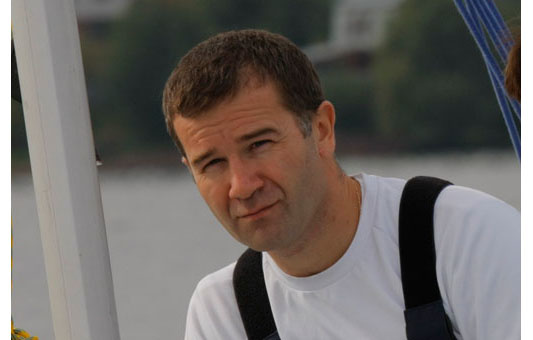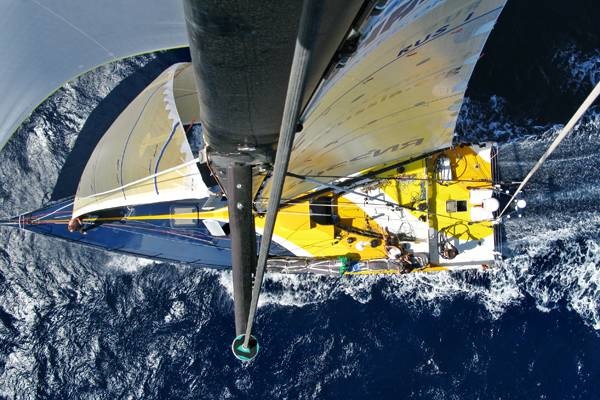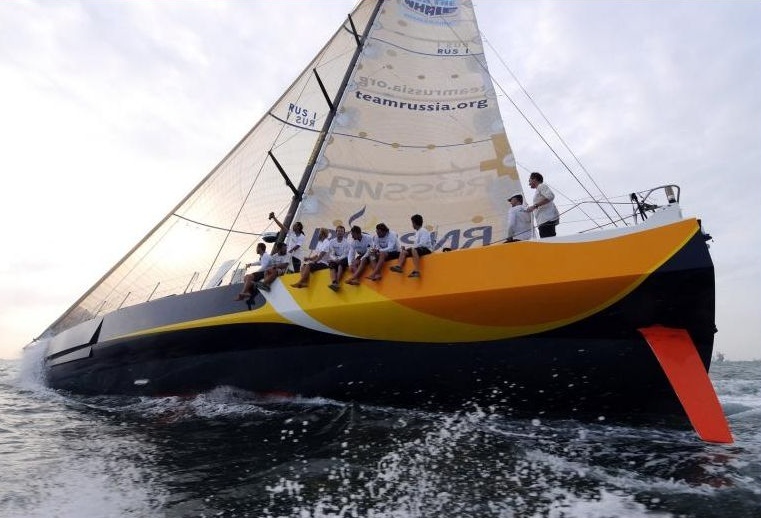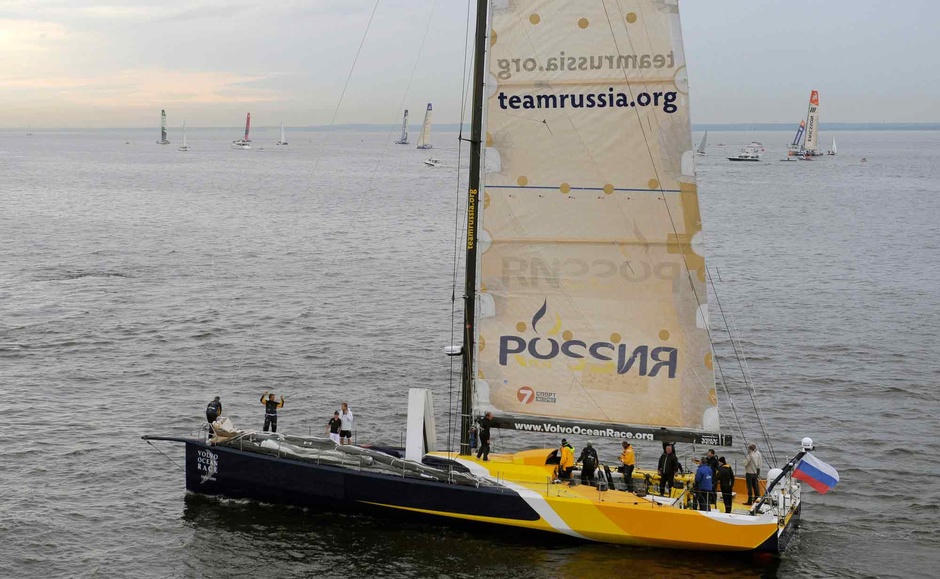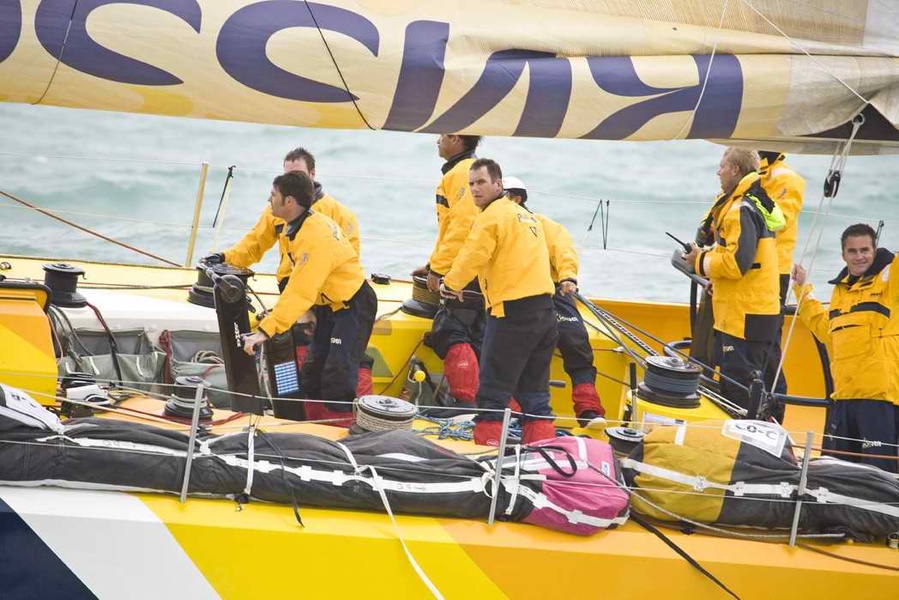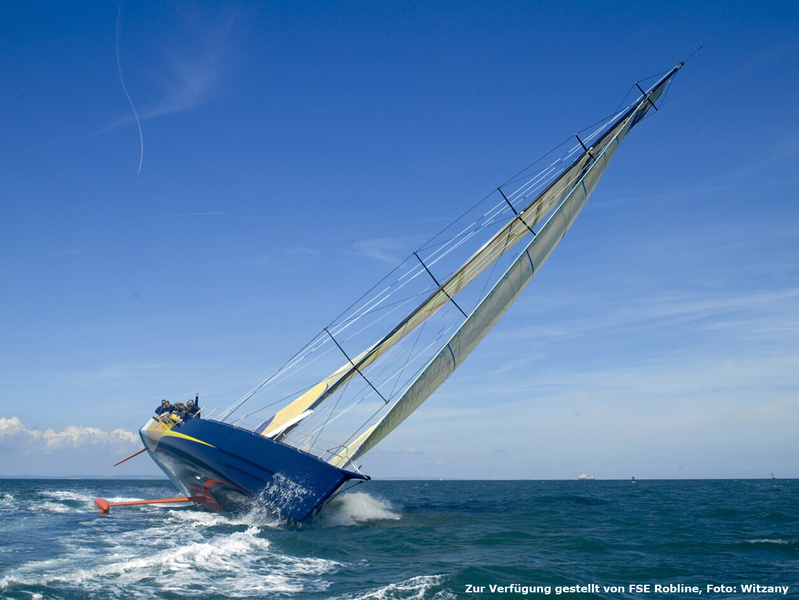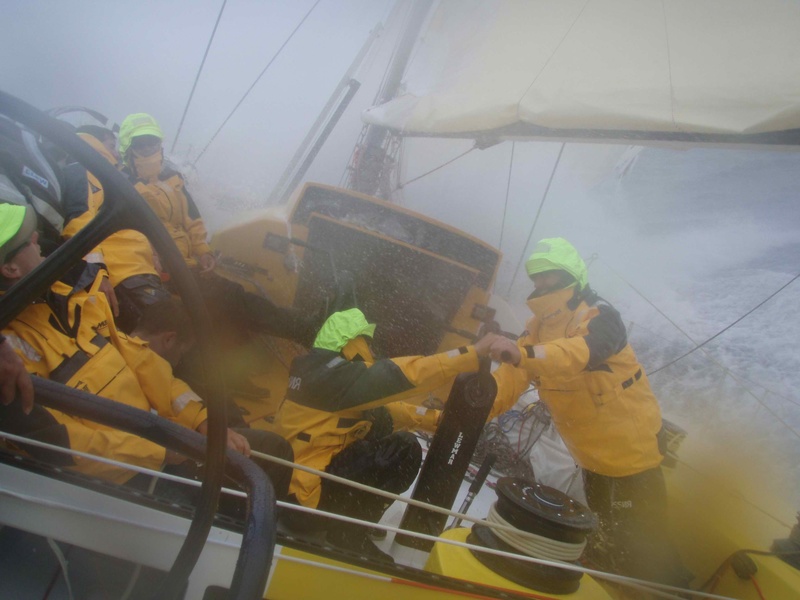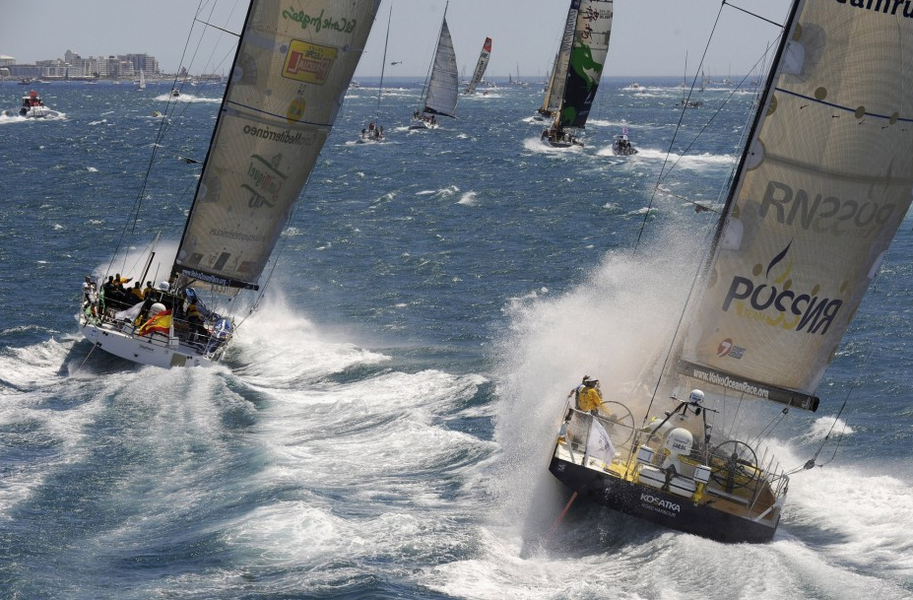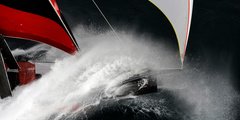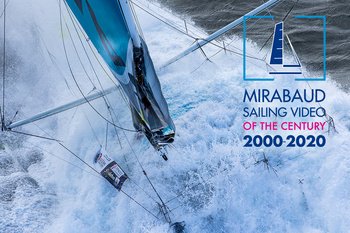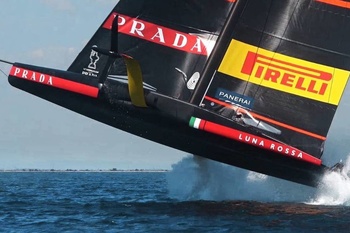In the coming 24 hours the competition will start, which for «yachtsmen» is the same as the World Cup for normal people. The Volvo Ocean Race is called «the Everest of Sailing». It is watched by millions of fans around the world. And it is virtually unknown in Russia.
We want to fix this situation at least
Read it for yourself. Tell a friend. Download it to your girlfriend. Below are the main facts about VOR that anyone with a claim to erudition should know.
Volvo Ocean Race in one (big) offer
Teams of 11 people on the loaded most «I can not»
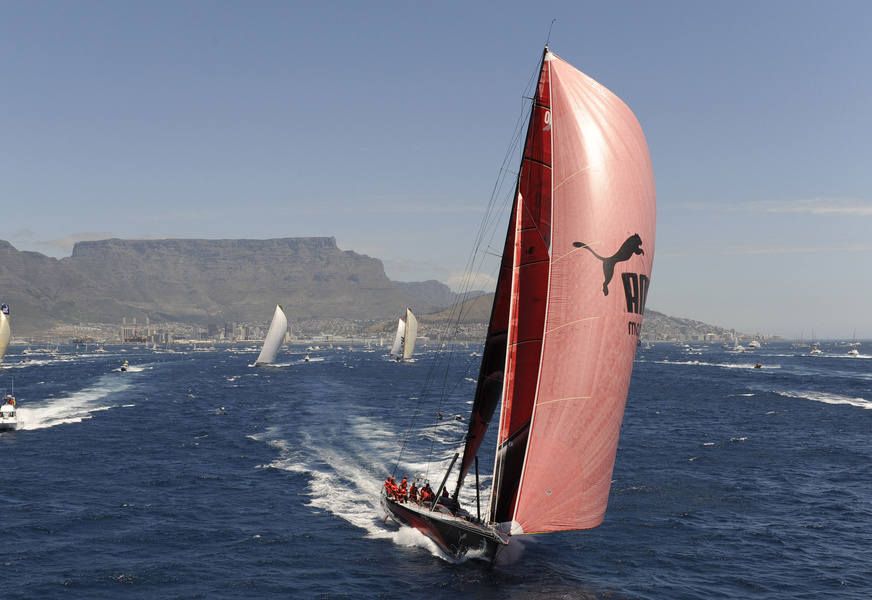
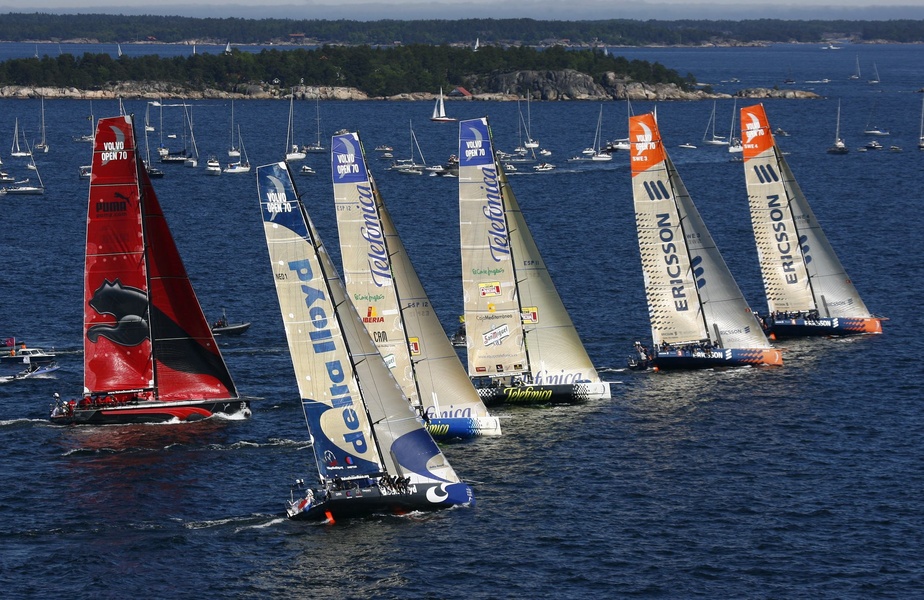
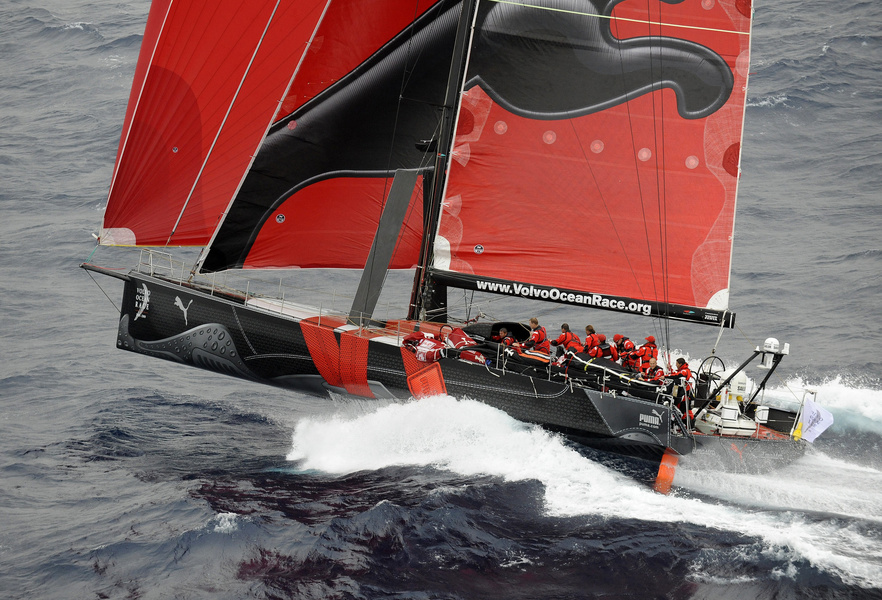
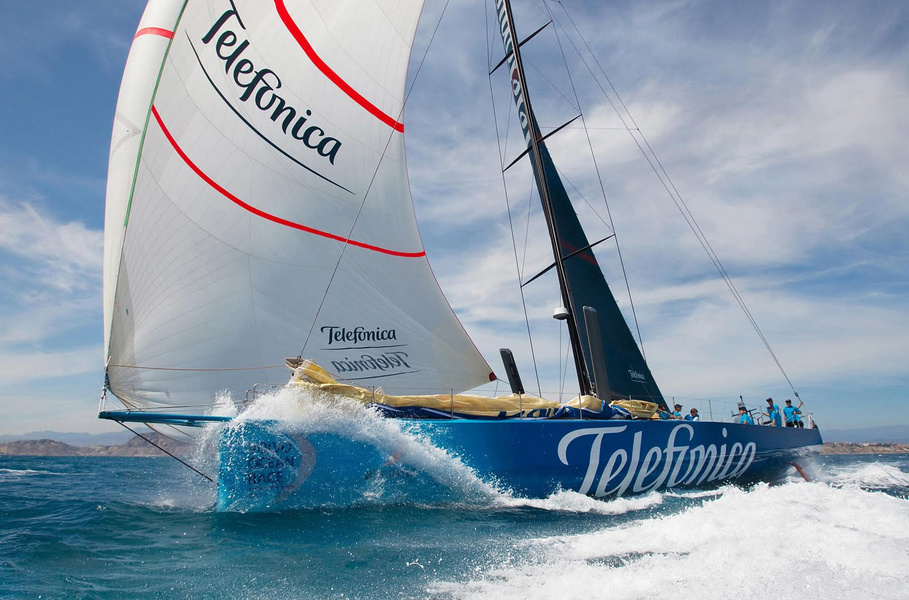
History
The idea of the race got a ticket to life in 1971, in one of the English pubs. Colonel Bill Whitbread, president of the British beer conglomerate Whitbread, was «divorced» with a glass of beer by enthusiasts to sponsor a round-the-world regatta among yachts and crews. The Whitbread Round The World Race started in September 1973 with 17 pennants.
Naturally, there were no
However, compared to current times, the race was held in a very relaxed mode. Almost all the crews were amateur. People lived on board in normal comfortable cabins with bathrooms and heaters, eating fresh food at a full table. An average of 6 bottles of wine a day were drunk on board, with no sponsorship beer from Whitbread. There were no problems with caviar and oysters.
In the ports, during stops between stages, they were drunk and spied with such force that the next exit to the sea was for «detox».
Such a relaxed atmosphere could not but provoke the ocean to show its character. During the first regatta three people died - they were washed away by waves overboard the boats.
Nevertheless, the regatta was considered to be successful. It was decided to hold it once in 3-4 years. The countdown of history went on.
Interesting fact: 120

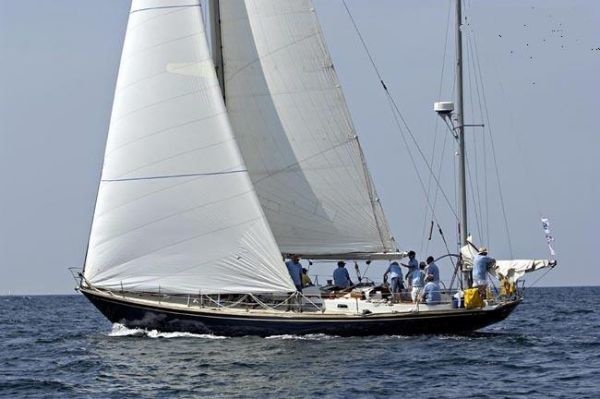
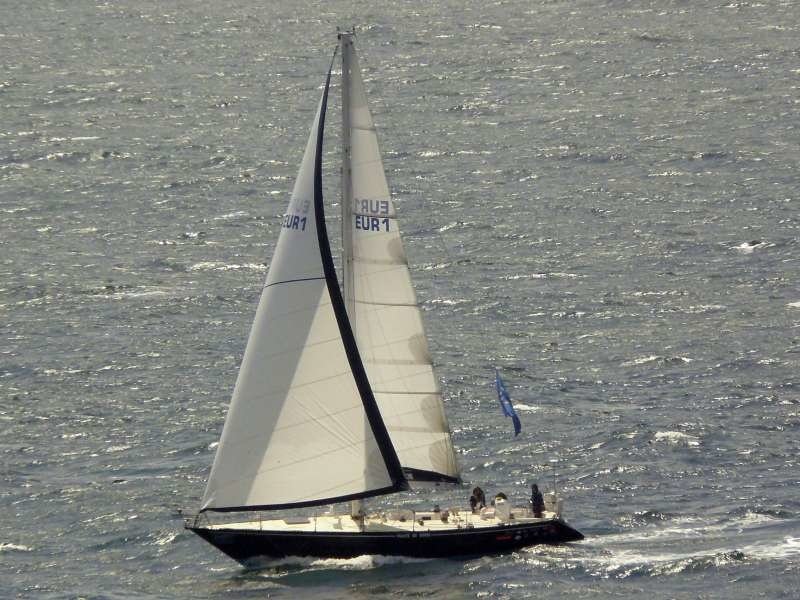

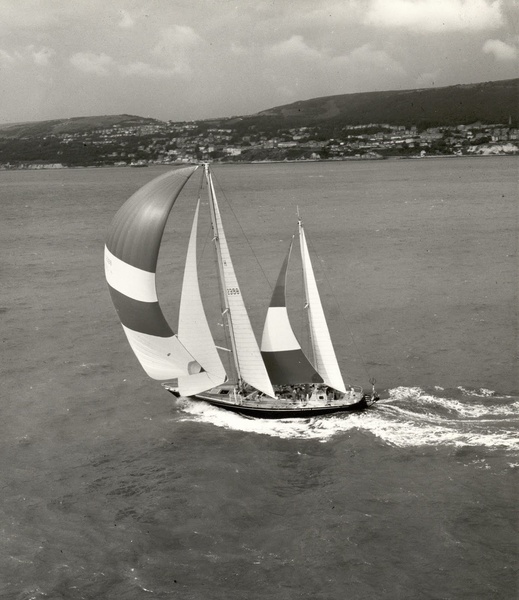
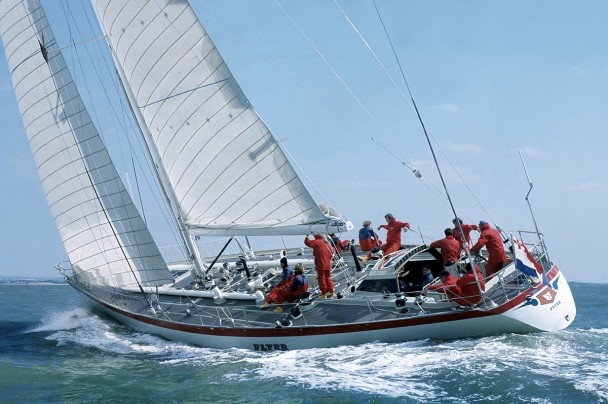
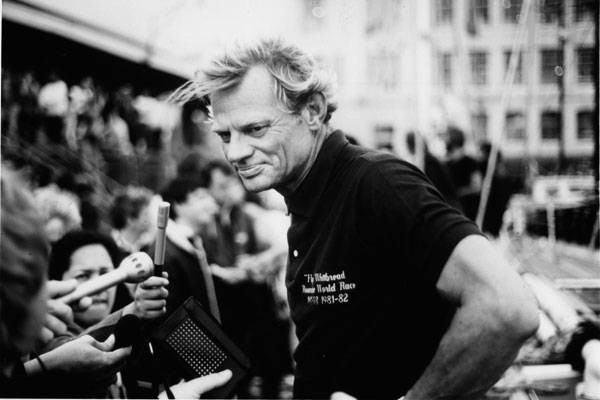

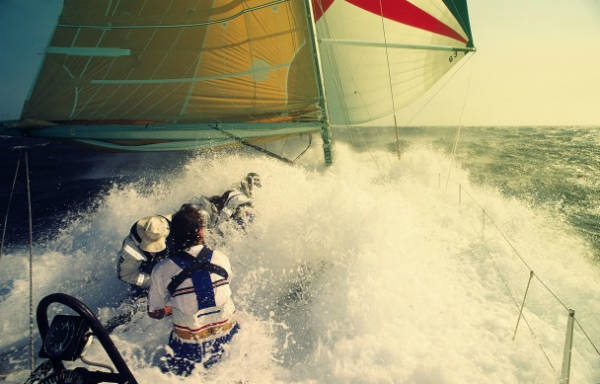
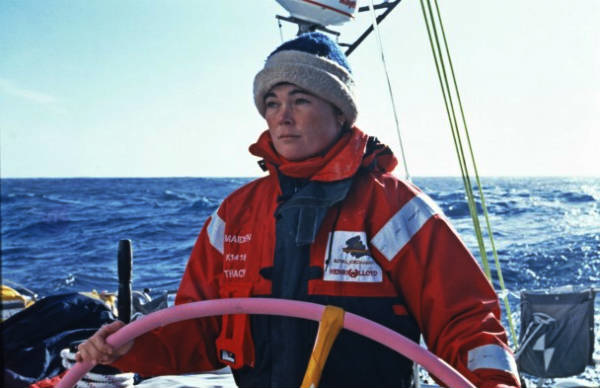
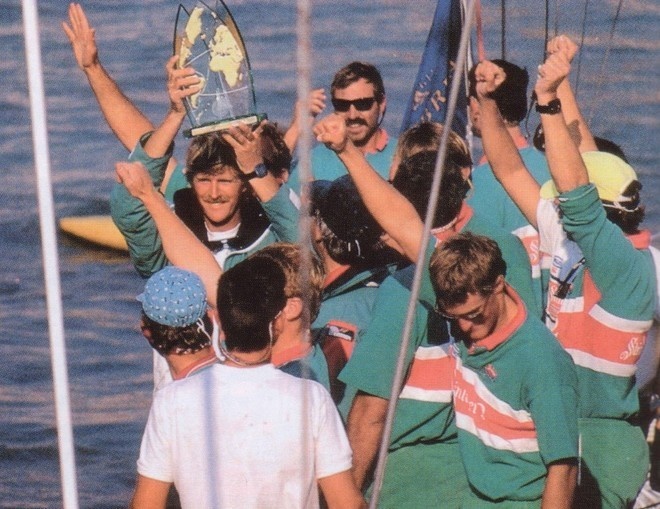
Just like she is.
Today's regatta is far from that romantic idyll of the
Instead of classic wooden yachts, Kevlar and carbon fiber ball rule. All efforts are thrown to fight against overweight. As a result, the comfort aboard a boat worth several million is zero. No cabins: the whole crew sleeps on shelves with a rolled up sail or a bag of things under their heads. Dry freeze-dried products, a pressed set of clothes, even toothbrushes - with half-cut bristles. To save weight inside - naked unpainted carbon and no lighting. After sunset the inside of the yacht becomes really "like a Negro in the ass".
As a result, the boats reach speeds of 30 knots or more - for a sailing boat weighing 14 tons it is an inconceivable jump. Volvo 70 class yachts hold most of the current single hull records. During the last VOR, for example, Ericsson 4 sailed 596.6 nautical miles in 24 hours.
If there are other sports in the world with more extreme conditions than here, they surely do not last for several months like VOR.
Quote:« Every few minutes a wave of ice water weighs 9 tons and is rolled on deck. Your clothes just don't have time to dry out, so you have to sleep in the wet. Being inside a racing boat while sailing is like sitting in a big drum on which a heavy stick» is punched at any rhythm (from the story of a journalist, who visited the boat).
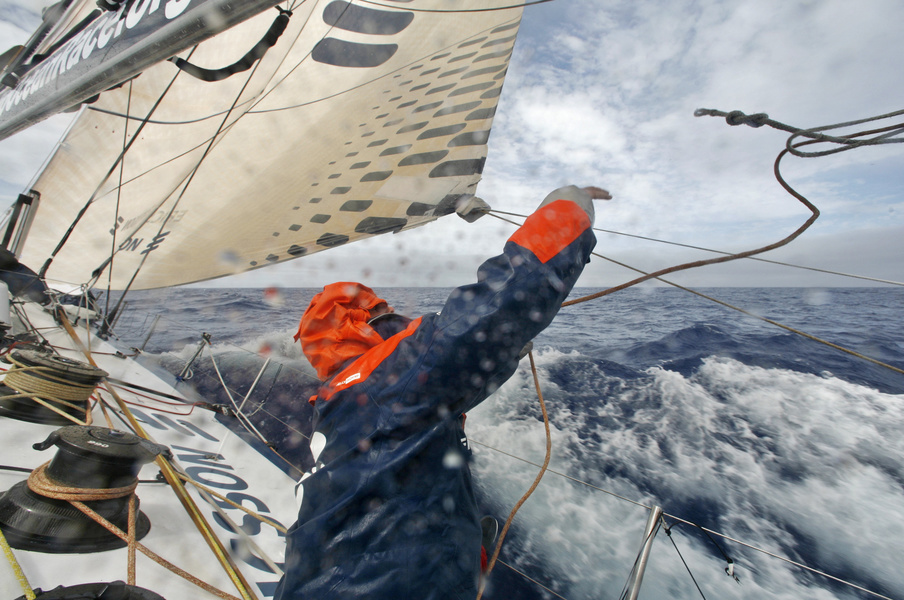

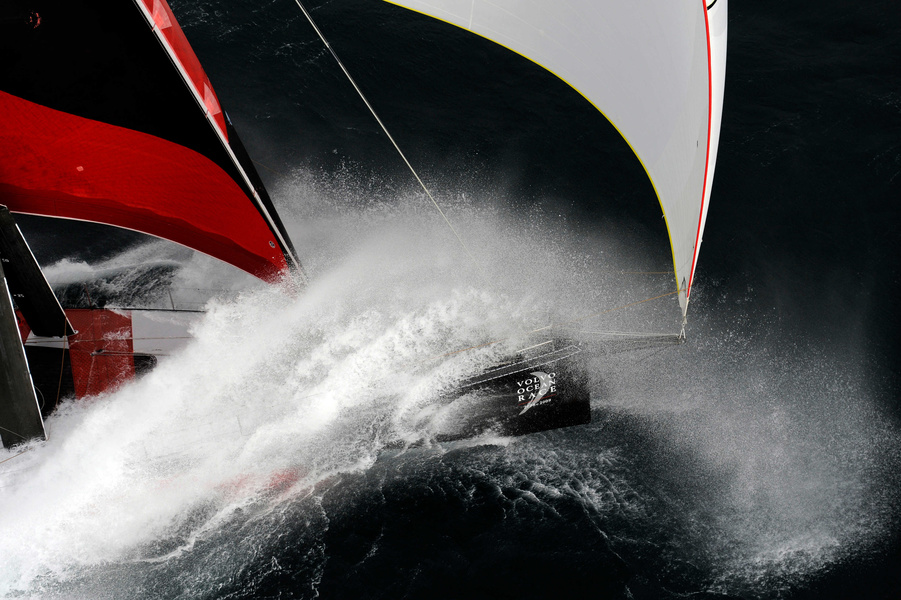

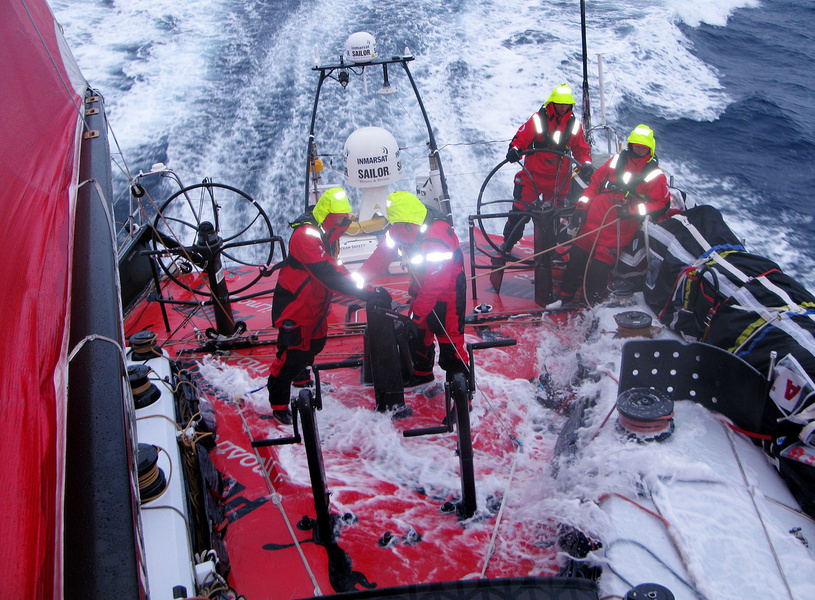
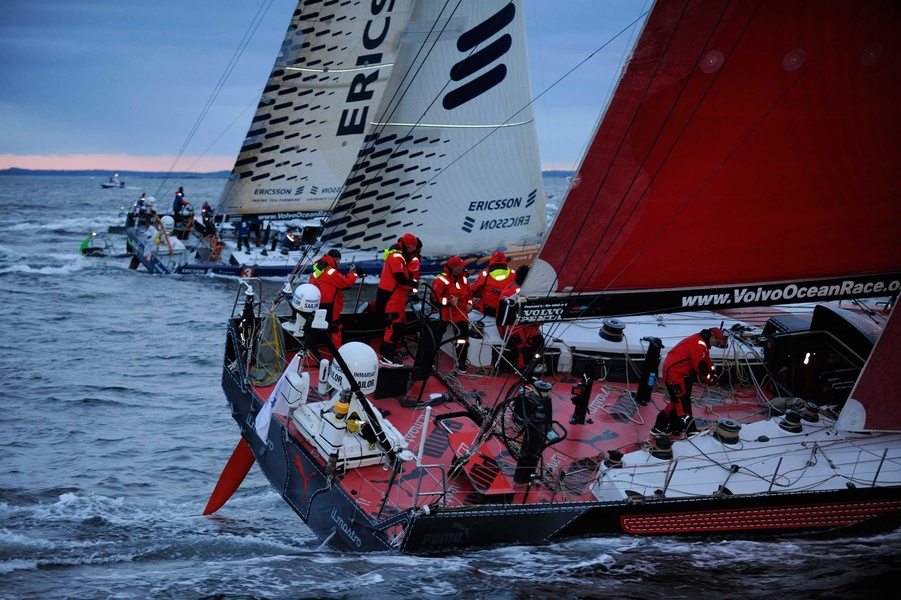
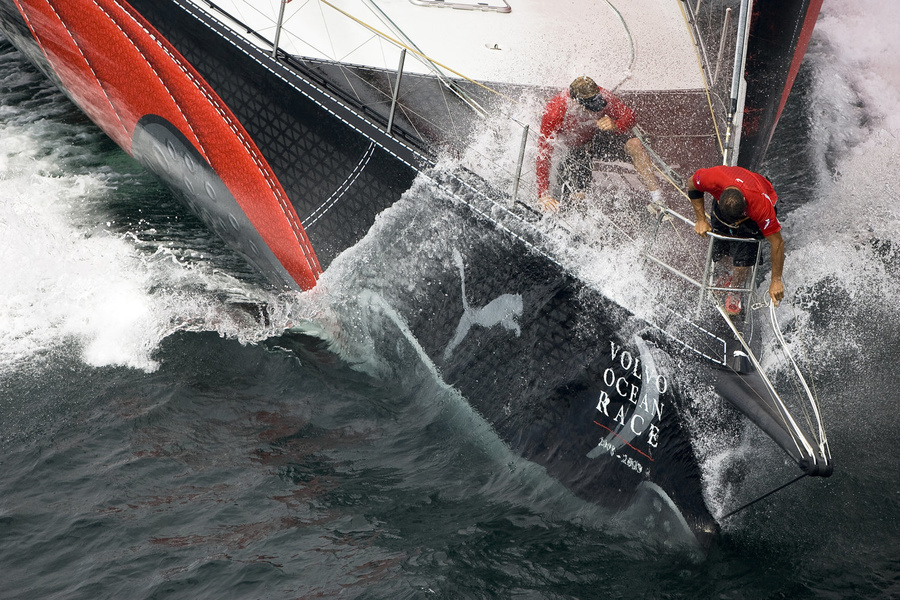
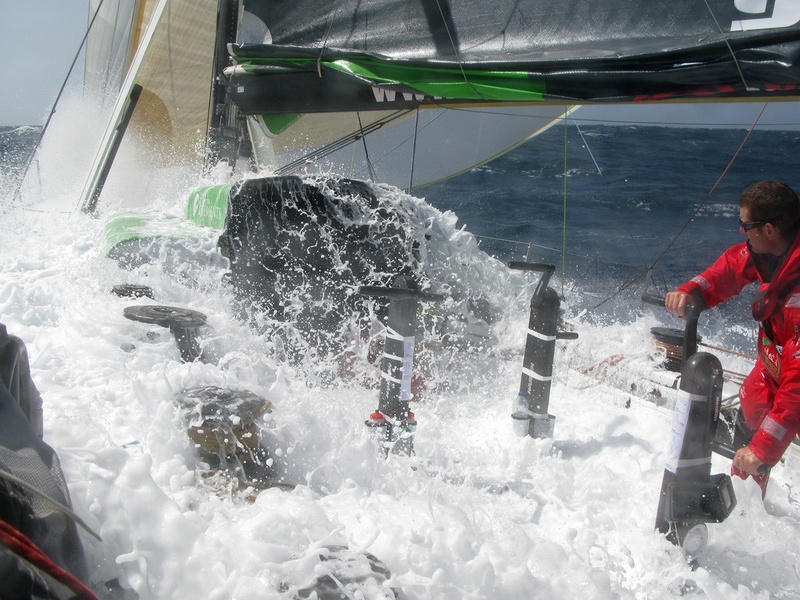
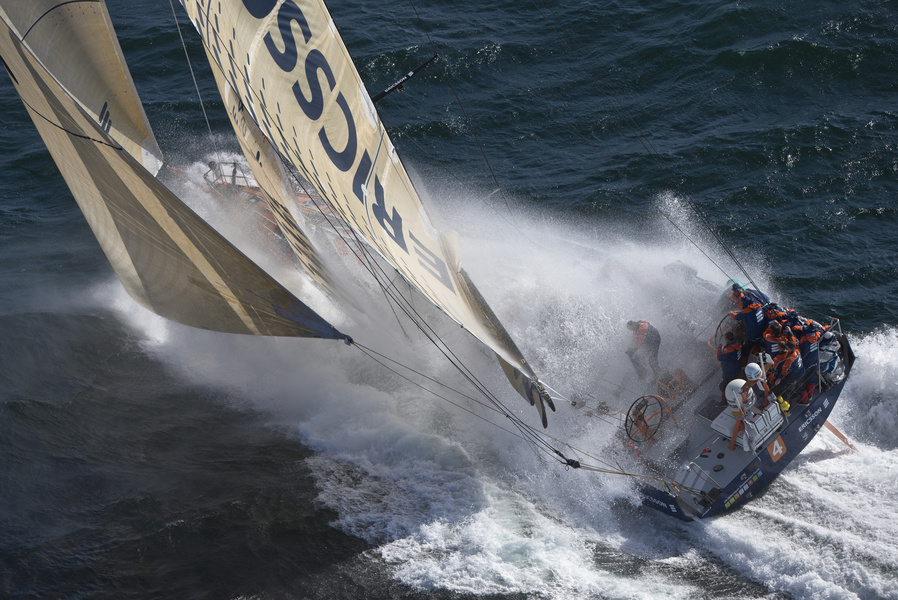
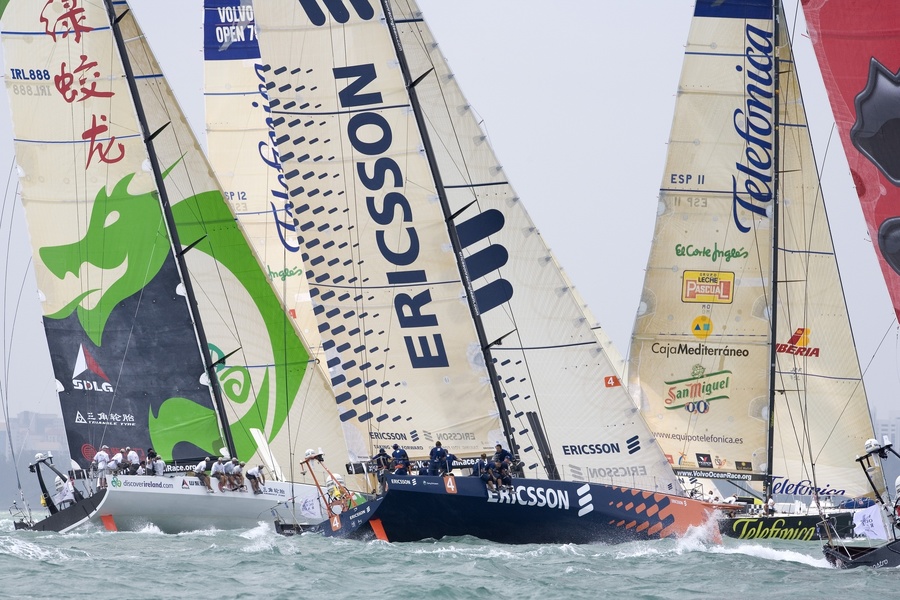
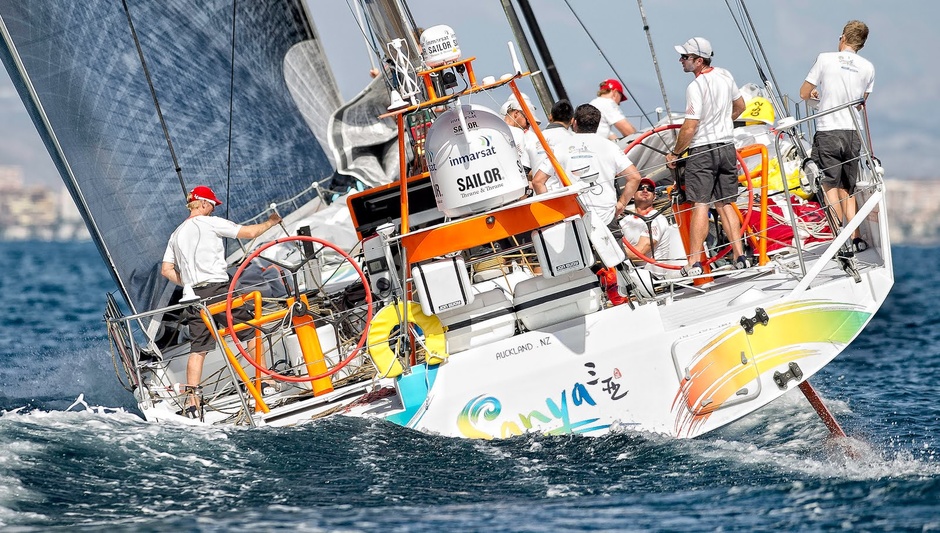

Progress engine
By the beginning of the 21st century, Whitbread was playing around the world and could no longer pull the strap. The banner caught up with the car giant Volvo, and in 2001-02 the race was first held under today's famous name - Volvo Ocean Race.
Autoconcern has brought modern marketing and logistics technologies to the competition. It opened an updated race control center, similar to
In addition, VOR has pioneered a new format of online sailing racing lighting, with blogs, videos, a 3D simulator that tracks boats on the globe in real time and other features.
Interesting fact: The total audience of the 2008-09 regatta was 1.2 billion people.


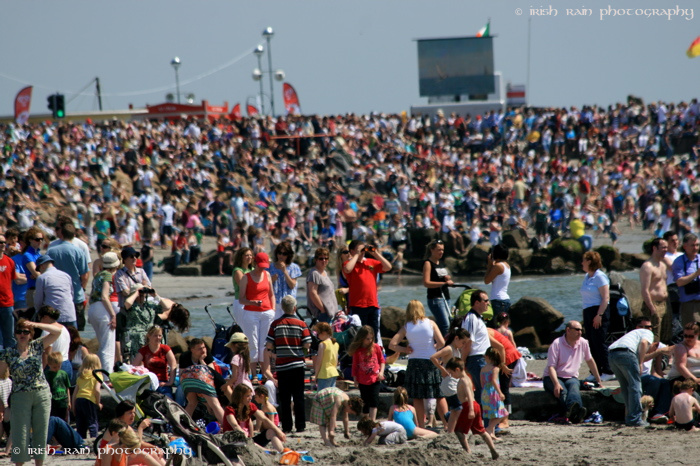
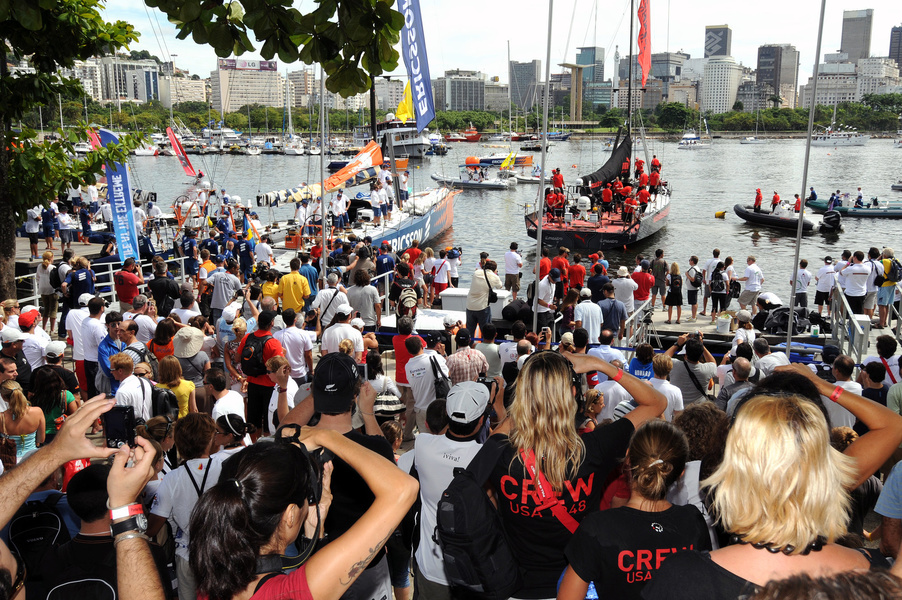
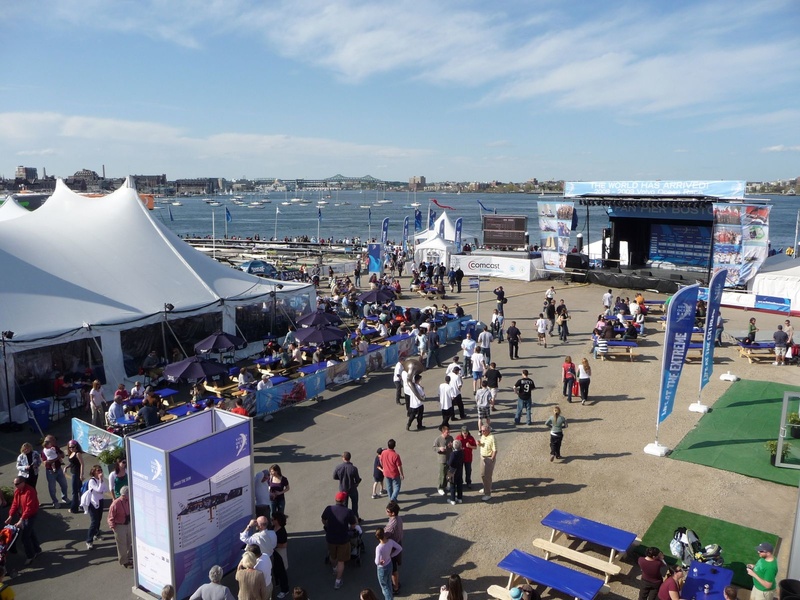
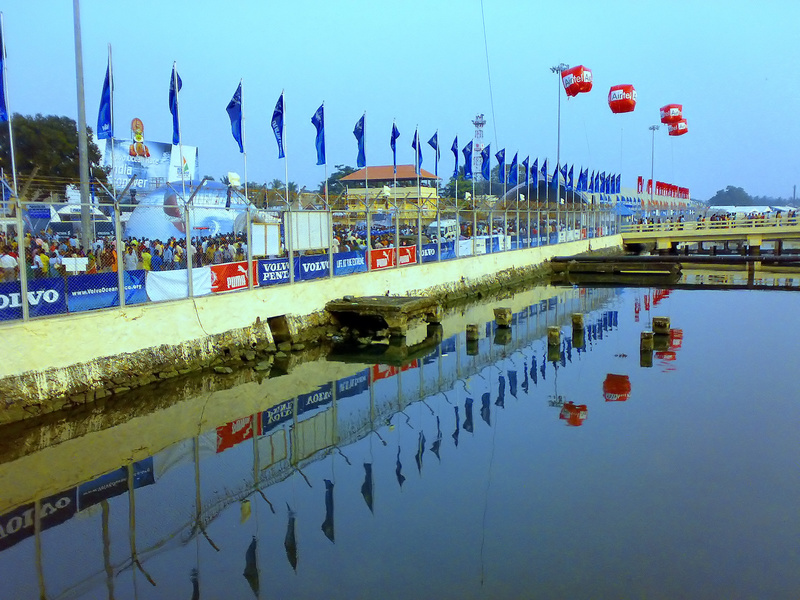
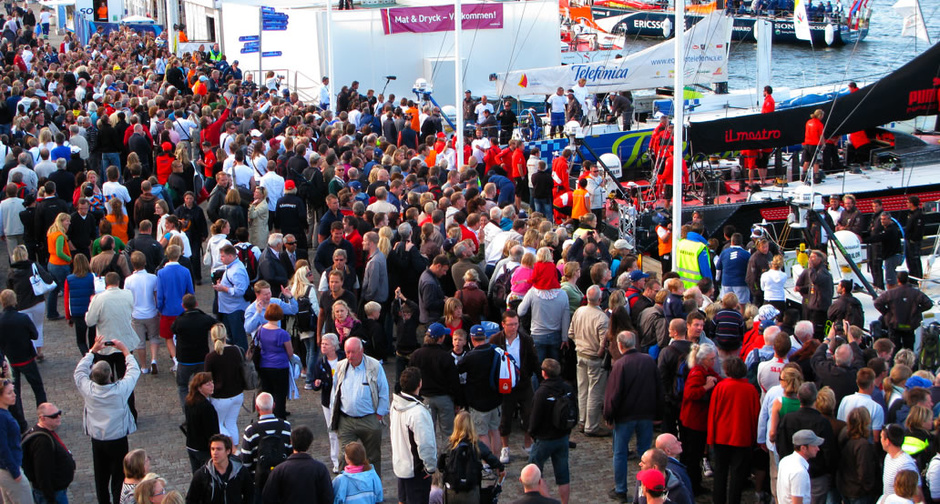
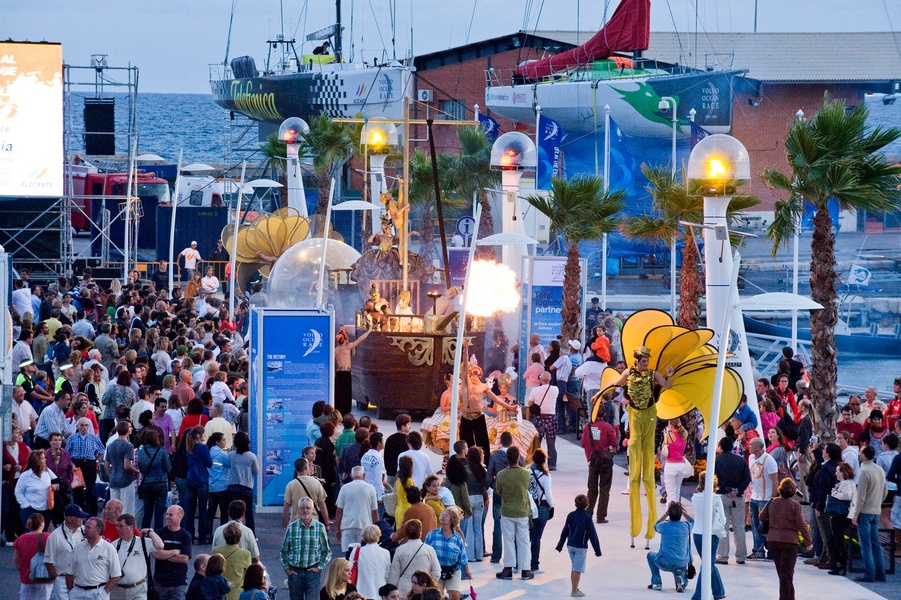
Technical details
The race is on Volvo Open 70 class yachts. The classic «box rule»applies: all yachts are designed and built individually, but must fit within certain, fairly rigid frames: weight not exceeding 14.5 tons, total length not exceeding 70.5 feet, draft 4.5 meters and so on. The rules are slightly changed before each new regatta. The strongest change in the current, third version of the rules: previously maximum 24 sails were allowed on board, now only 17. It seems as if it is a lot. But in fact, given the variety of weather and wind conditions in which the boats have to race, the selection of sails teams have to break their heads.
The race route consists of 9
There are only 6 teams in the current VOR, but what teams!
The level of competition in the regatta is higher than ever - 5 crews have serious potential to win the race.
We will tell you more about the teams and the race route next week, before «the big» start on November 5.
Interesting fact: each team must have one passenger who is not allowed to participate in the boat's management under the risk of disqualification. This is a journalist, or «media crew», whose task is to keep a chronicle of what is happening on board with the help of various
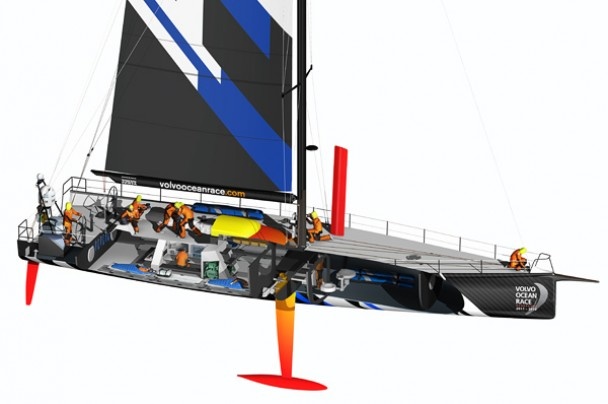


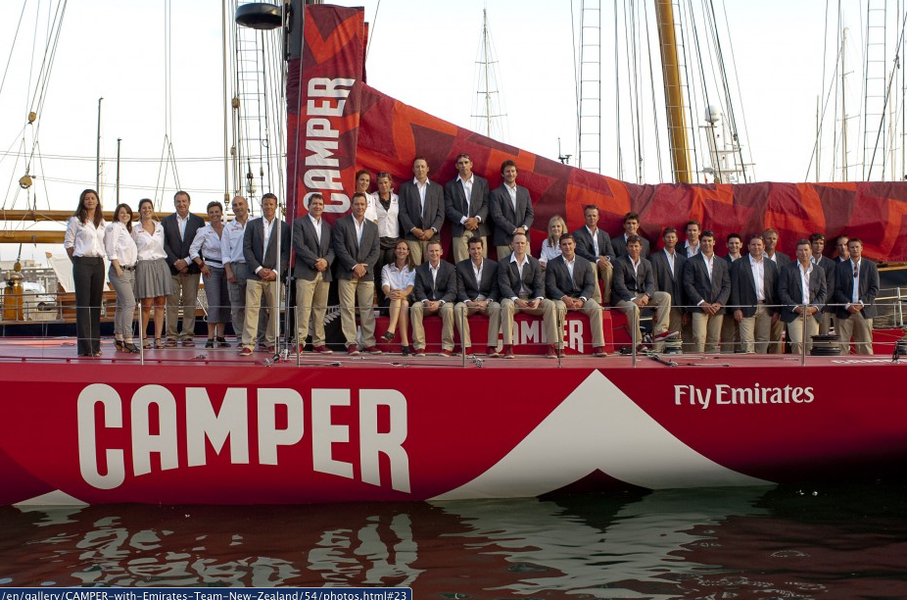
The tragedy of Fazisi
The history of Whitbread/Volvo regatta cannot be told without this terrible page. In the race of 1989-90 the crew from the USSR took part for the first time. In the Georgian city of Poti, the aluminum hull of the yacht "Fazisi" was assembled at the hydrofoil construction site (the name of Poti in ancient times). Never before have boats of this class been built in the Soviet Union.
By cargo plane «Ruslan» hull was transported to England, where the boat was armed with modern rigging and prepared for the race. A week before the start it turned out that «Fazisi» keel did not comply with class rules. As a result,
The yacht got off to a good start, and at the finish of stage I in Uruguay was sixth. It was a
This story can be read in detail in the book. «The Russians are coming.» Eugene Plato, who was directly involved in the construction of the yacht and the subsequent race. By the way, in the next Whitbread regatta in 1993-94. Plato also took part in the race. This time - as a skipper of the team «Hetman Sagaidachn»y under the flag of independent Ukraine already by that time.
Quote: "Fazisi" has attracted increased interest from people all over the world.

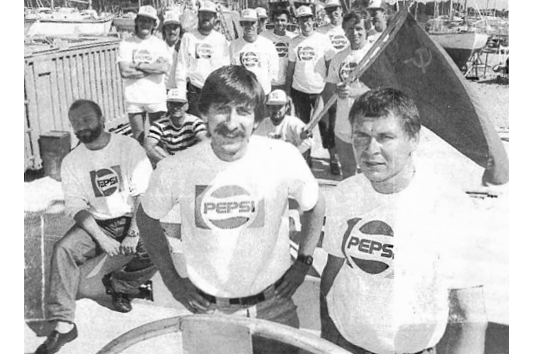
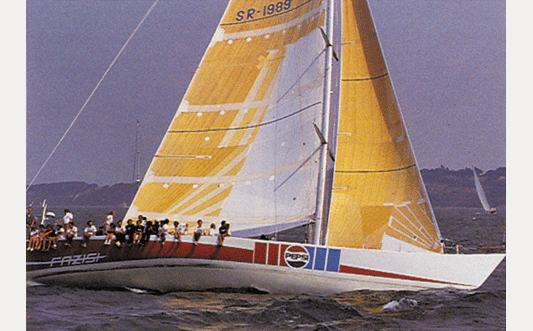
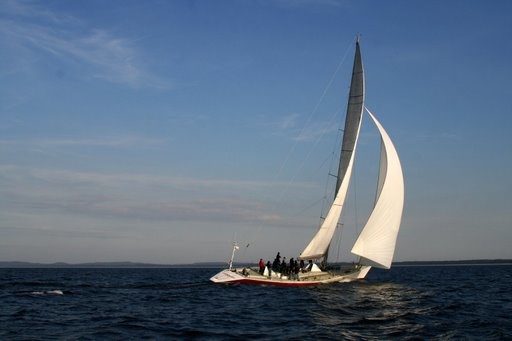
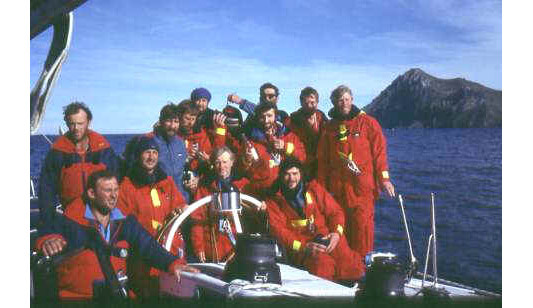
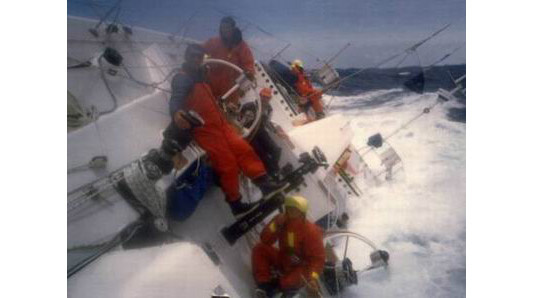
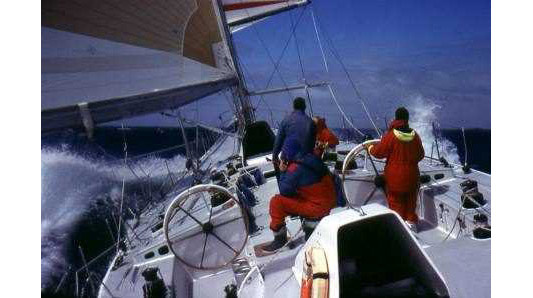
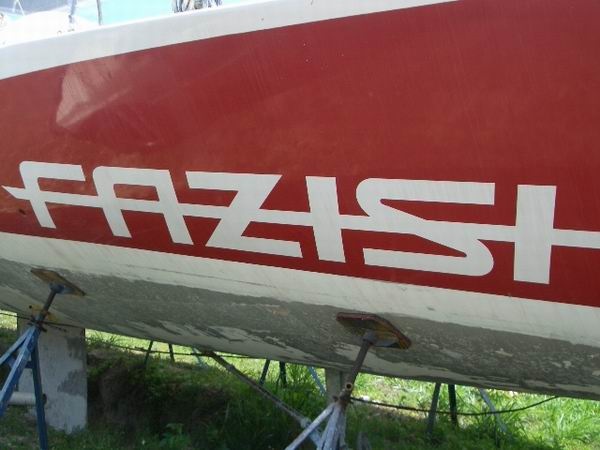

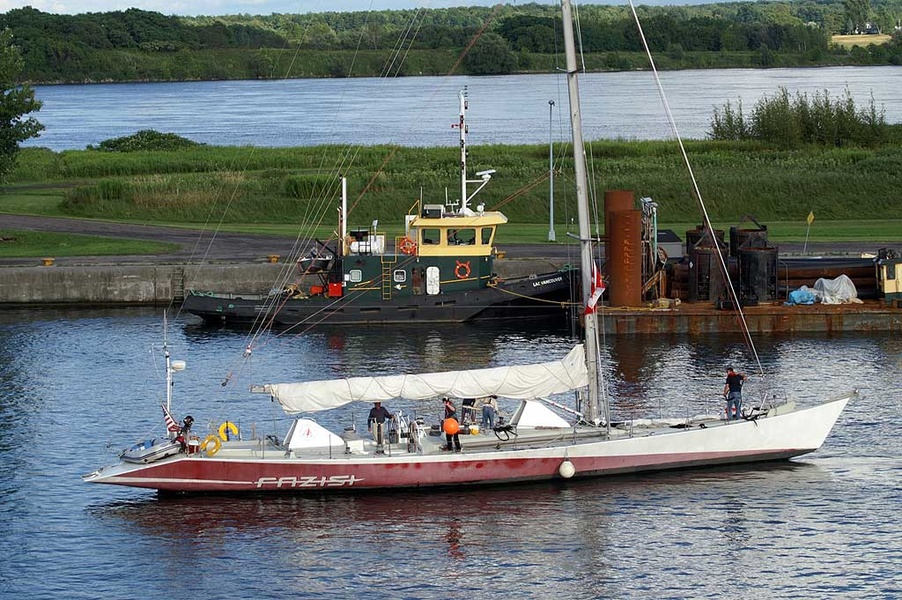
An ambush with «an Orca»
Another Russian attempt to take part in this race took place just recently, during the last VOR in 2008-09. St. Petersburg businessman Oleg ZherebtsovRob Humphreys, the creator of the «Lenta»supermarket chain, has built a «Kosatka» yacht in England designed by Rob Humphreys and assembled an impressive international team led by Austrian skipper Andreas Hanakamp. Among them was Rodion Luca, who won silver at the 2004 Olympics. No commercial sponsors were found, and Zherebtsov had to invest $13.5 million in the project. The team was seriously preparing for the race, and there were constant training sessions. Oleg Zherebtsov even «managed to break through the» finish line of the race in
Before the race started, the team was in trouble. At first, Oleg had to refuse to participate in the first stage due to the death of his mother. The team went to the start without the owner. Then, a few days after the start of the race, in the system of the rocking keel was found a leak, which greatly slowed down the course of «Kosatka». In Stage II the yacht flew into a big wave at night during a strong storm, lay on the water, almost turned over. In general, the team did not shine and spit in the tail, constant breakdowns led to many unplanned costs. At that moment the crisis was» already raging in the «big world (hello, 2008). In general, after the III stage, the Russian team withdrew from the regatta, and at the finish in
Stallions don't like to remember this story, and now they're racing small sailing boats like Laser SB3 (where the budget is literally 100 times lower). From time to time there are talks about the new Russian team. Recently . Kirill Podolsky said he'd like to race
